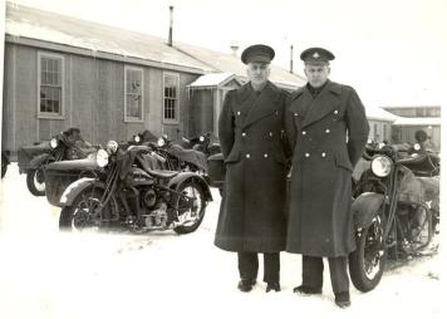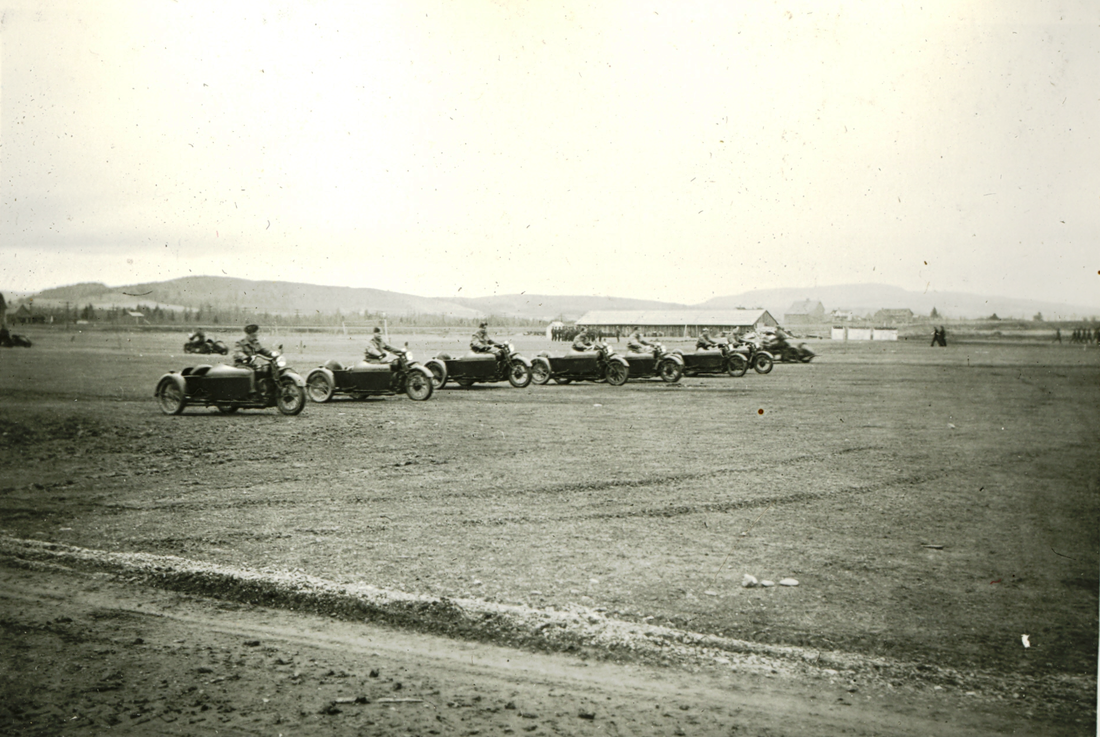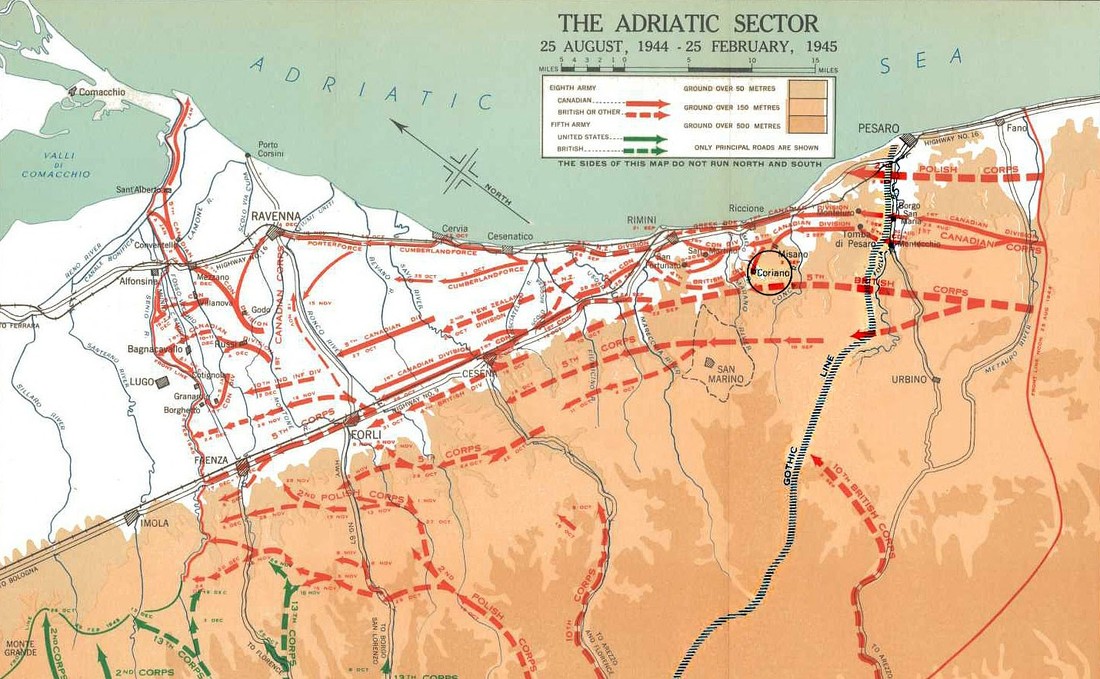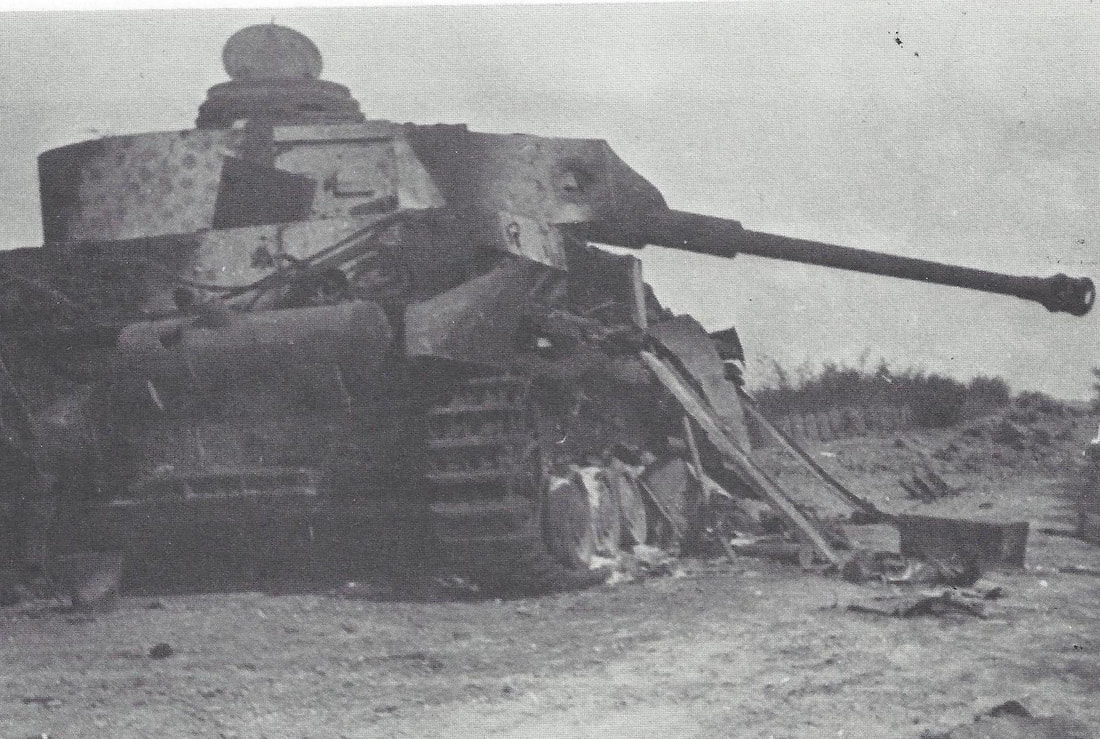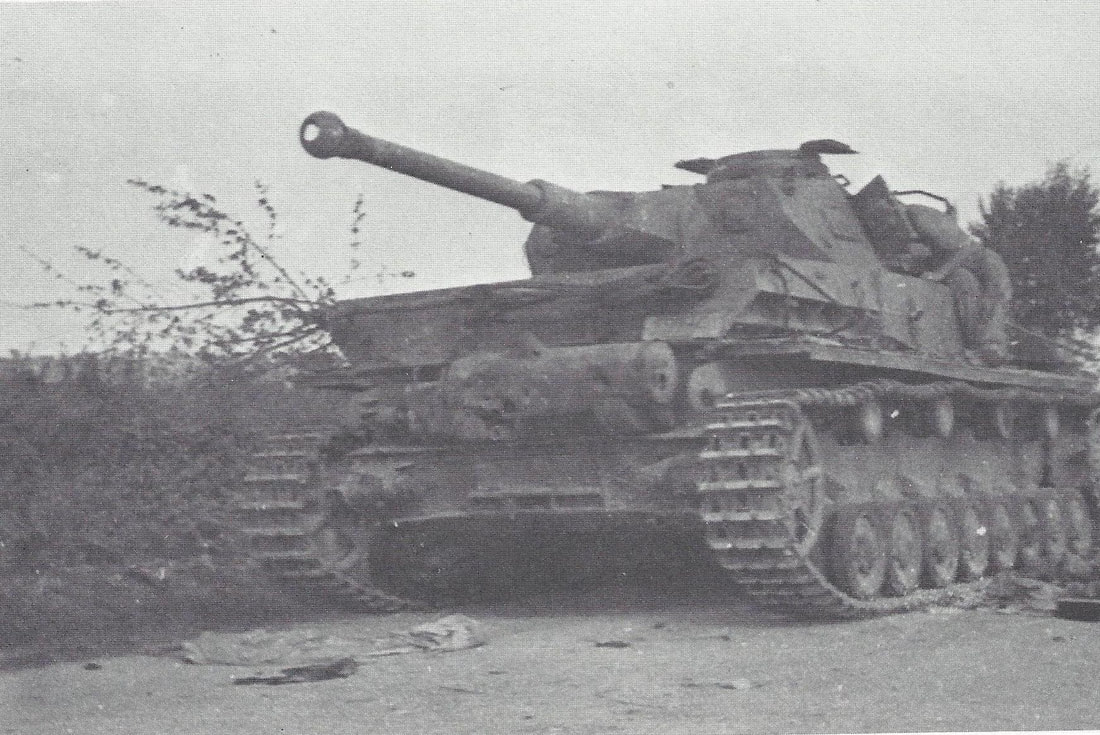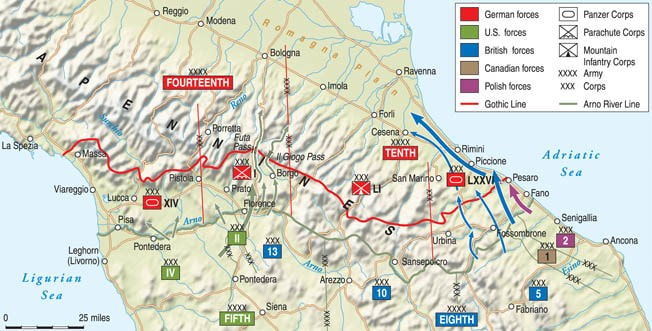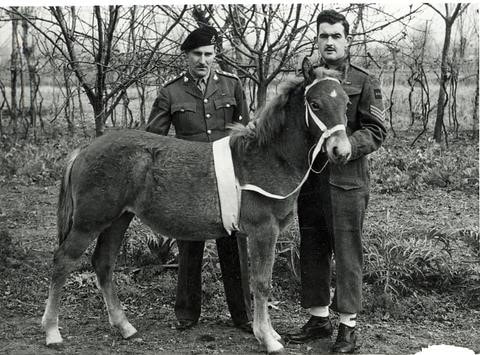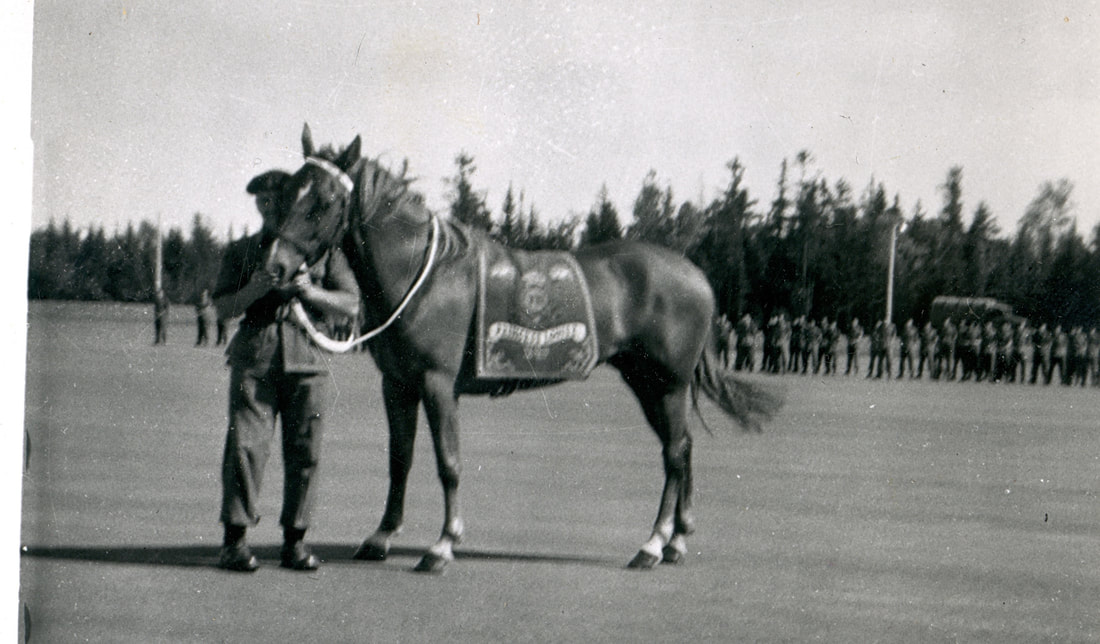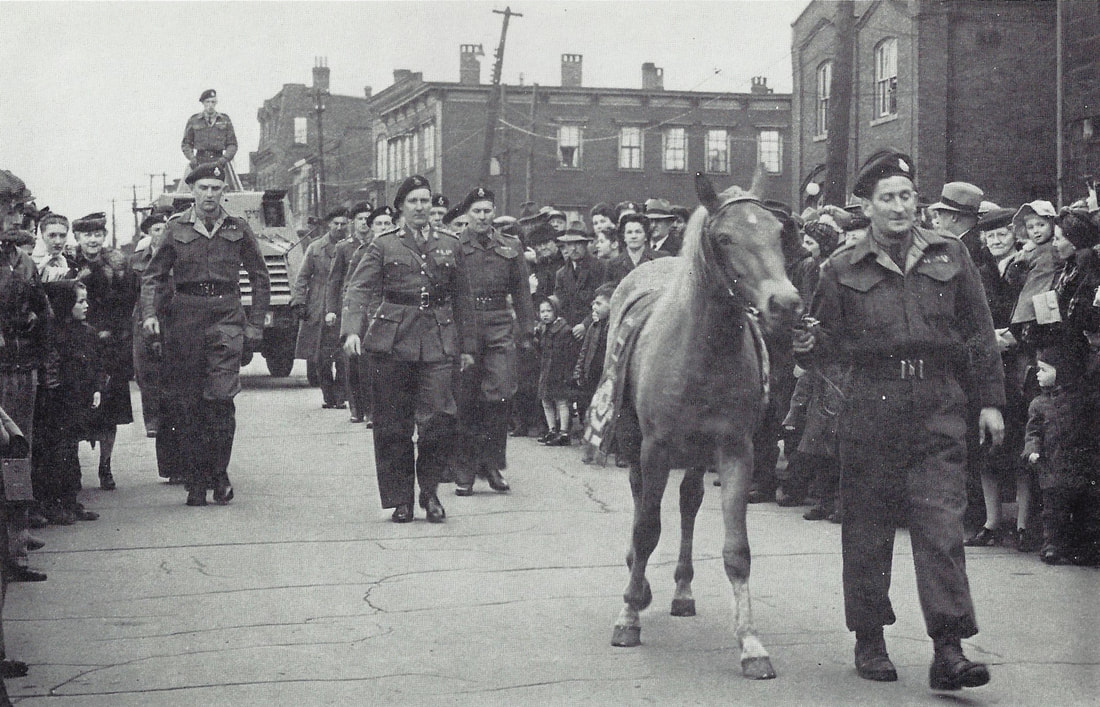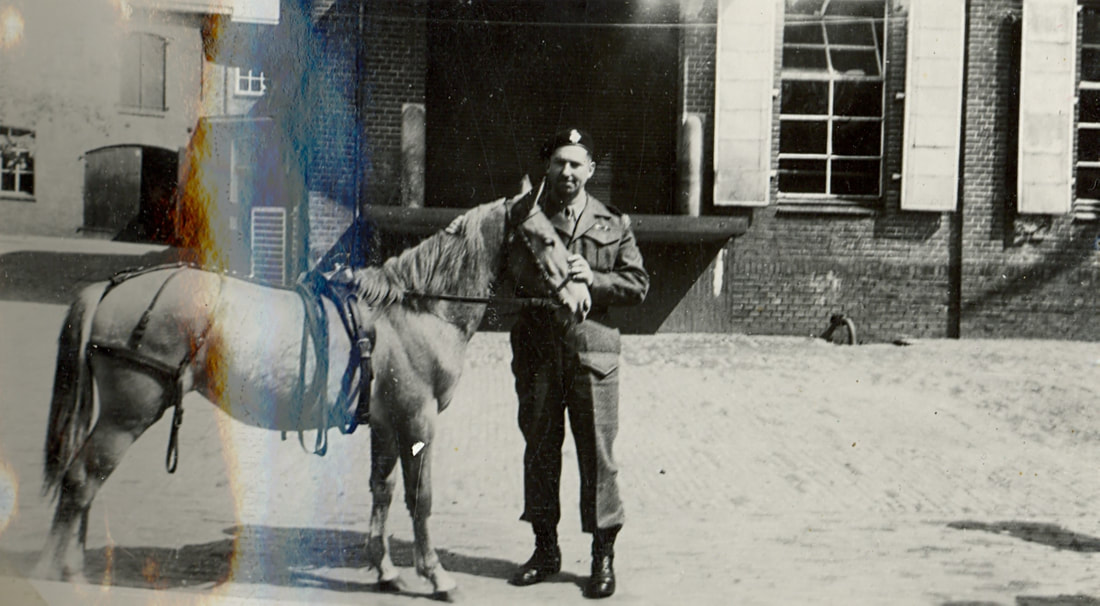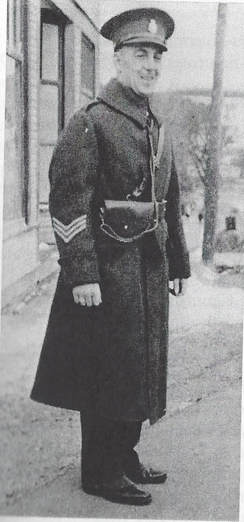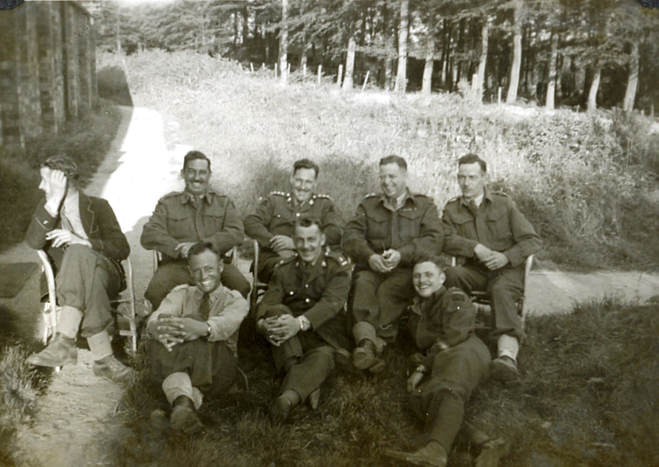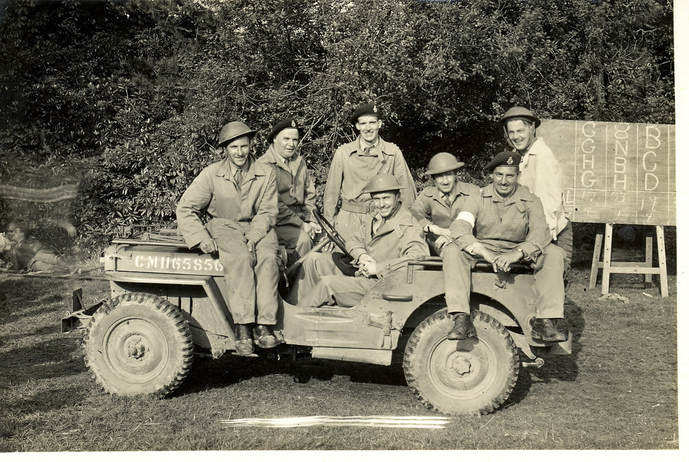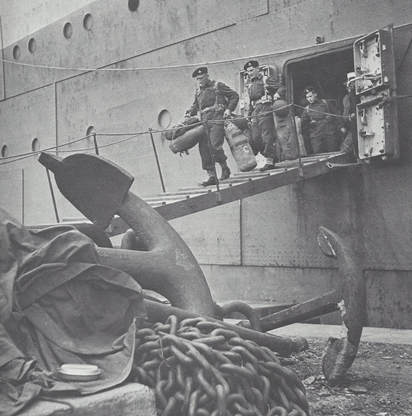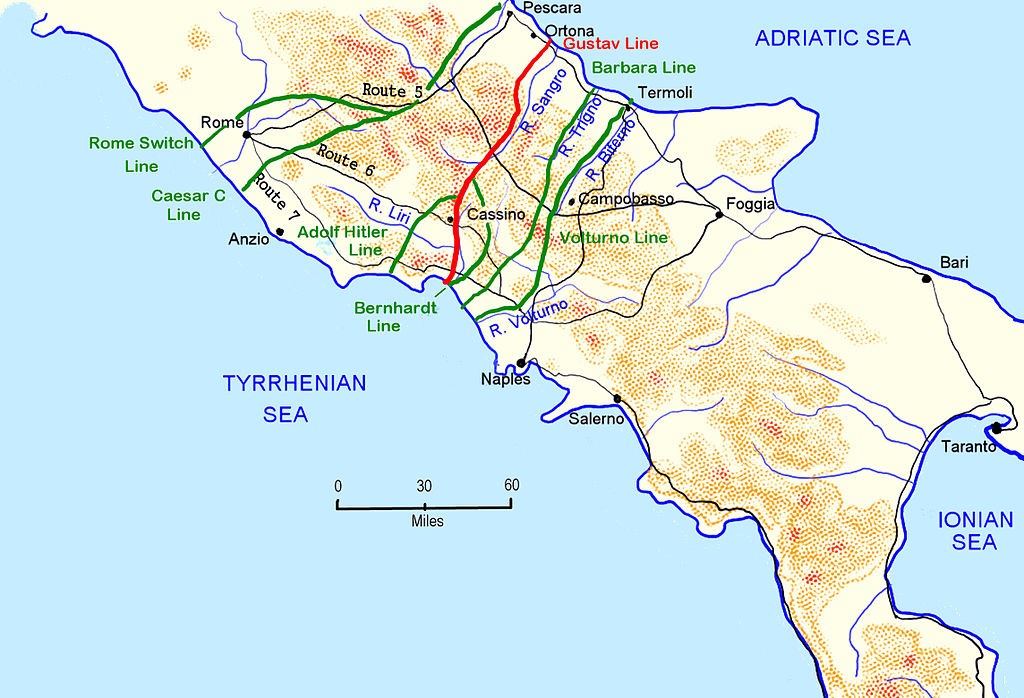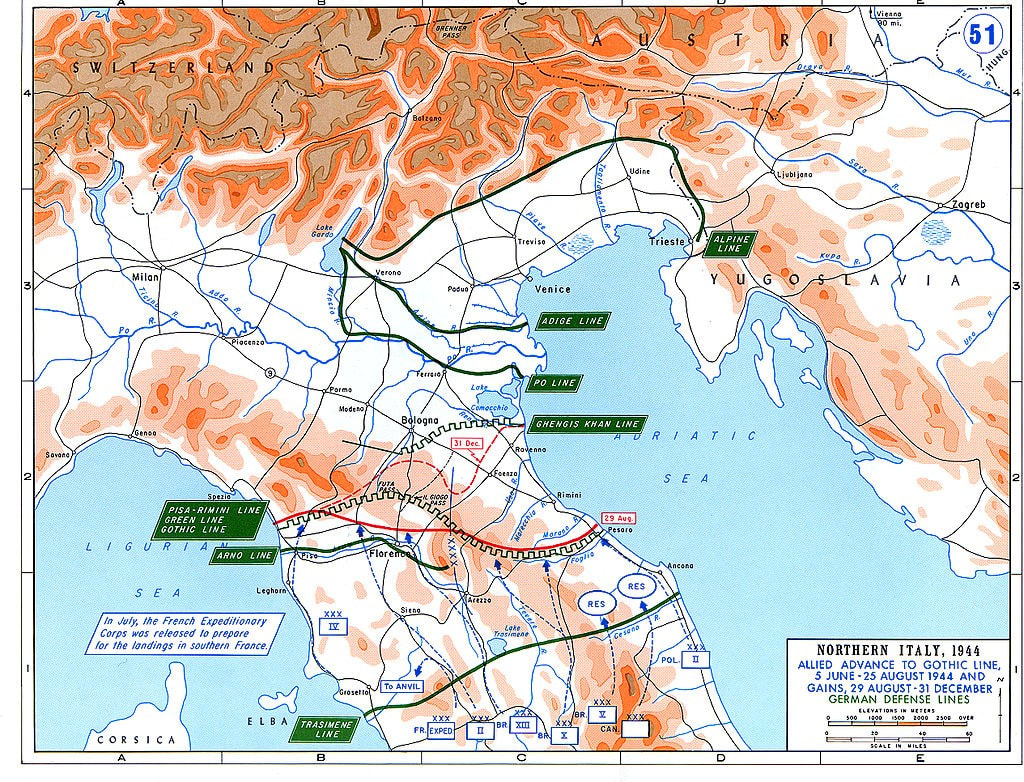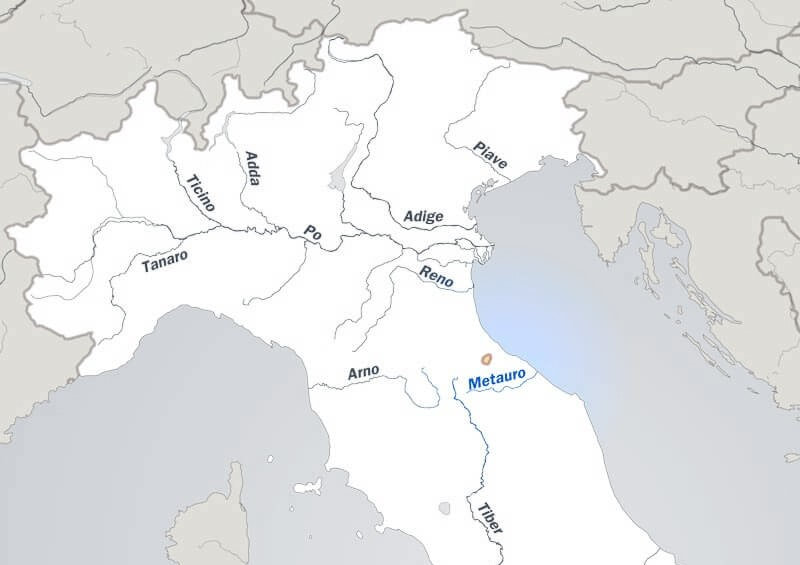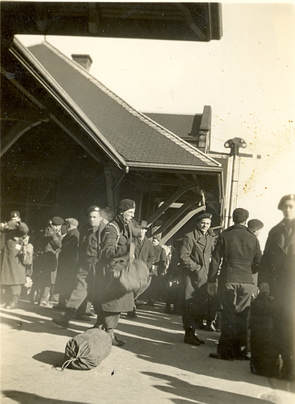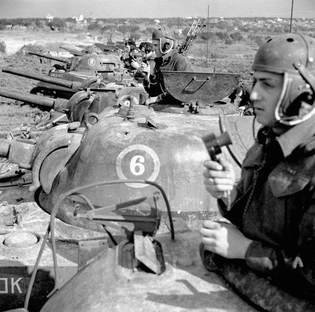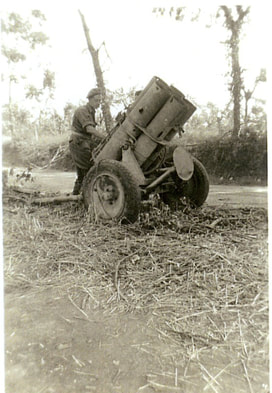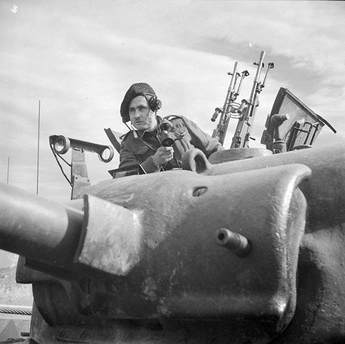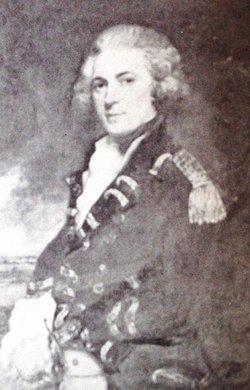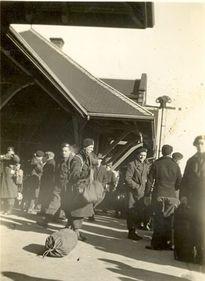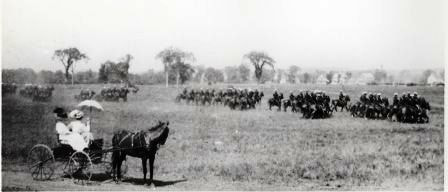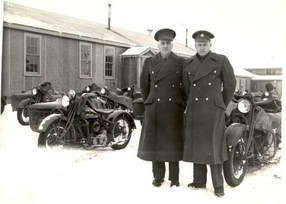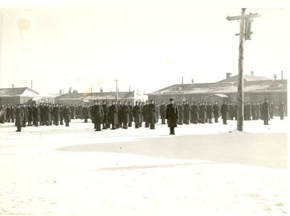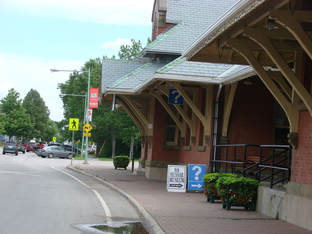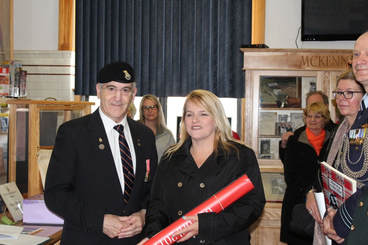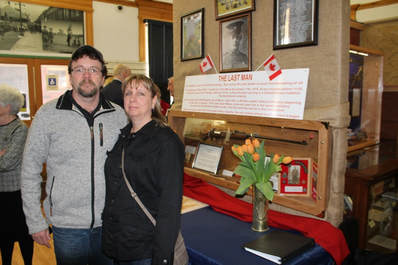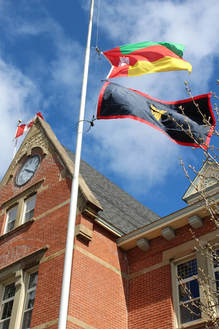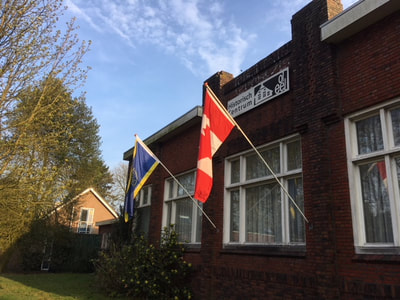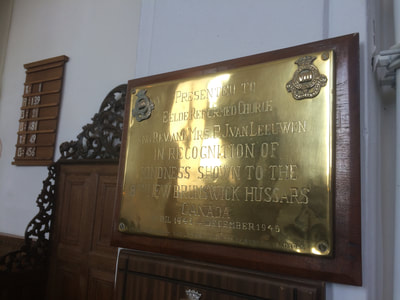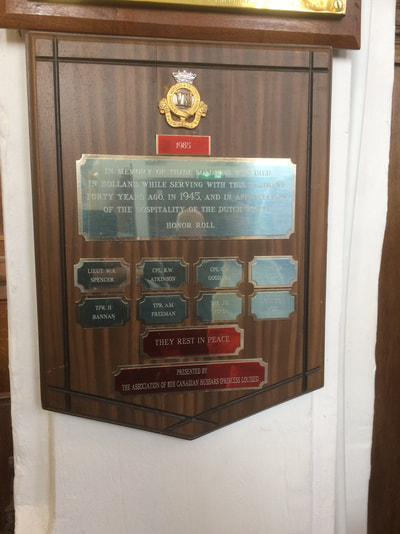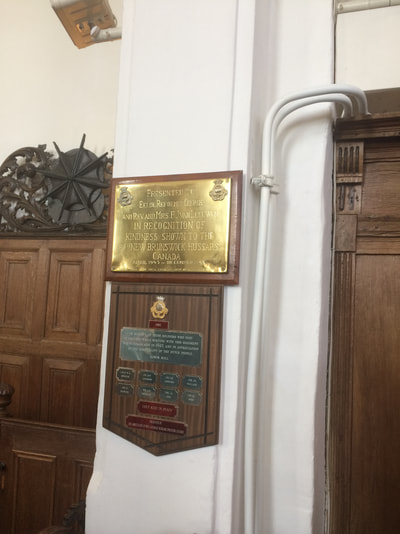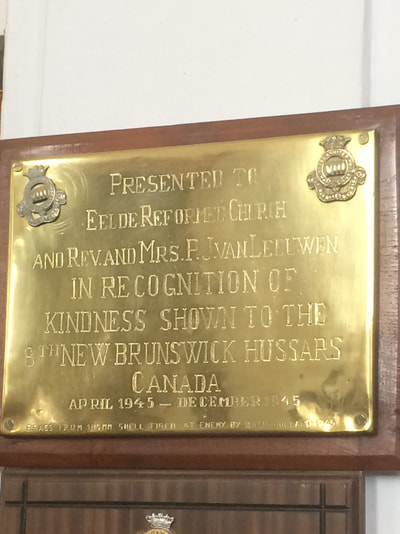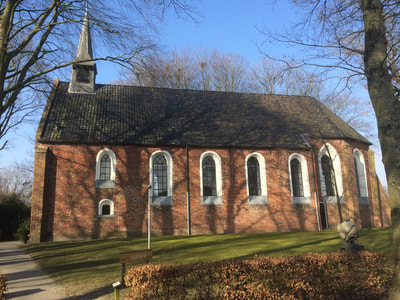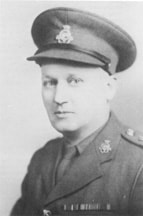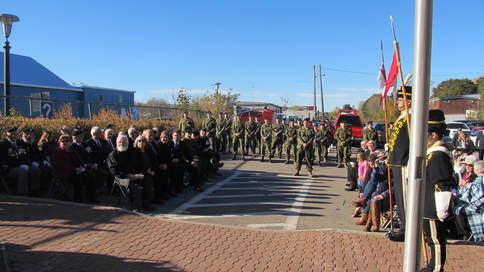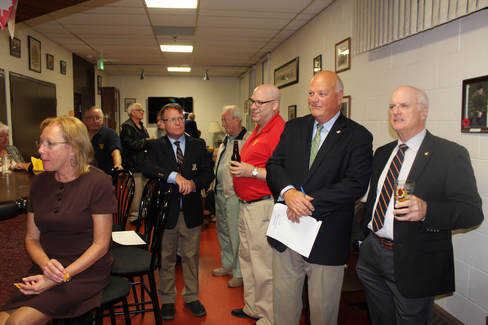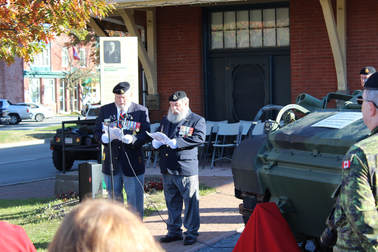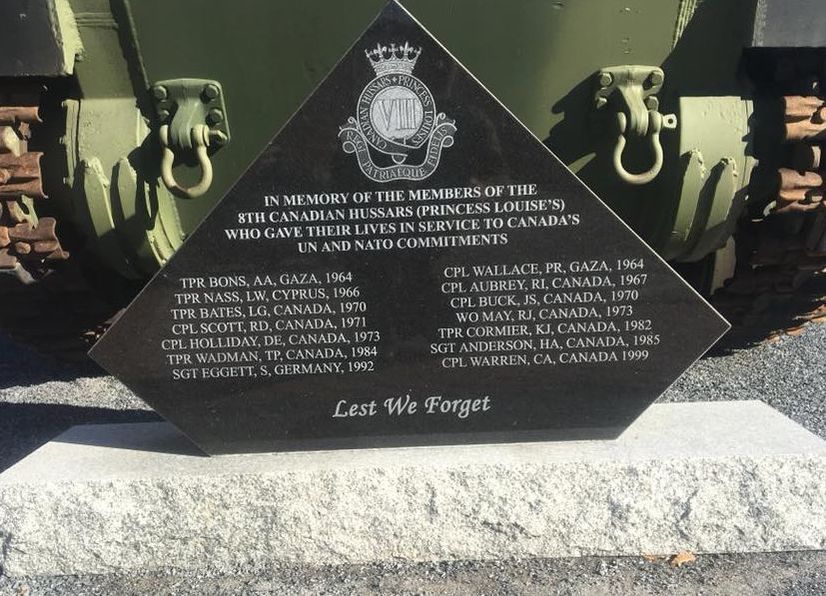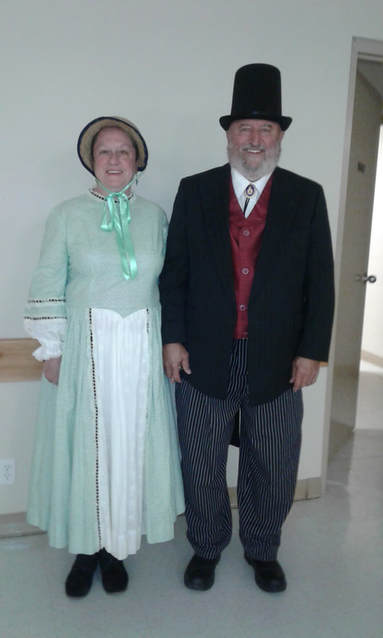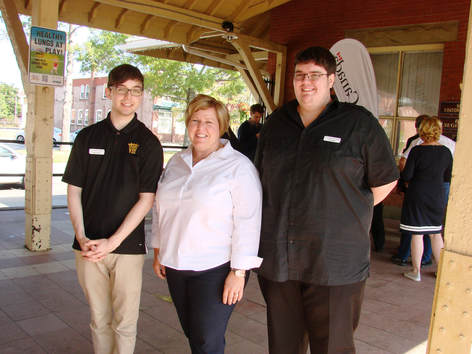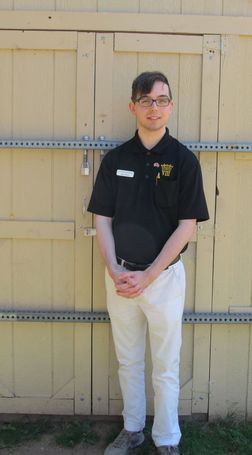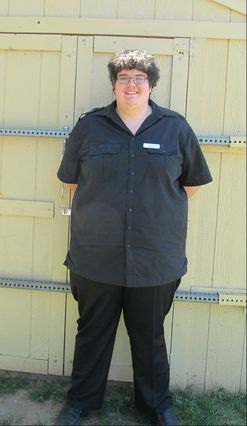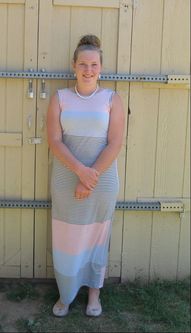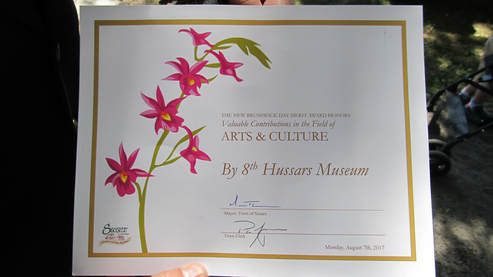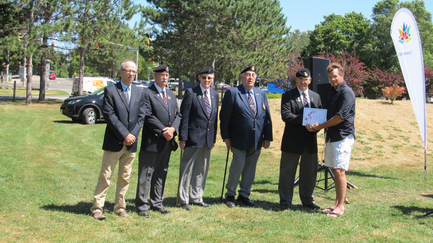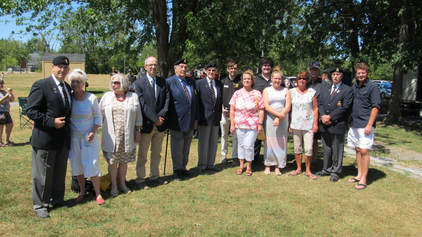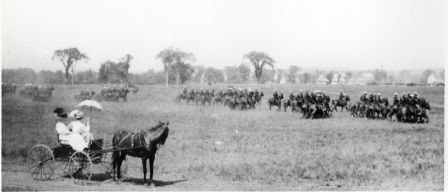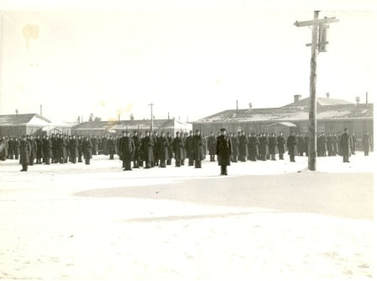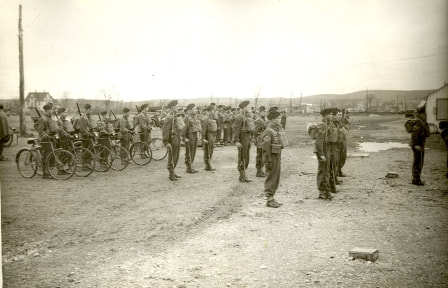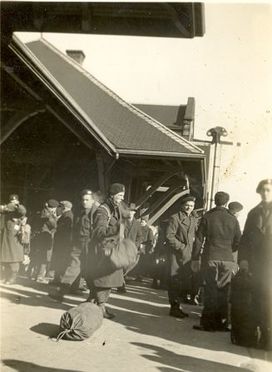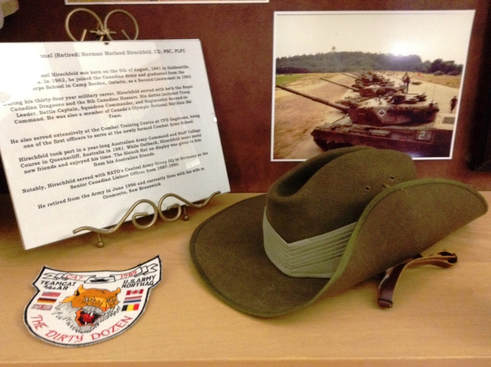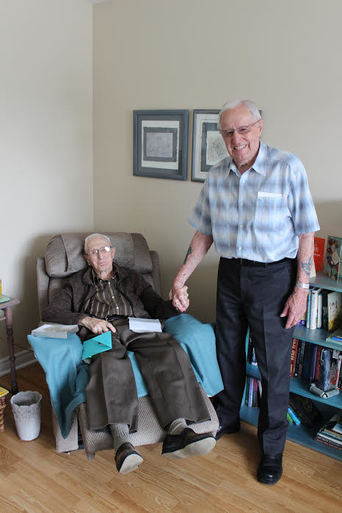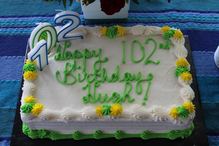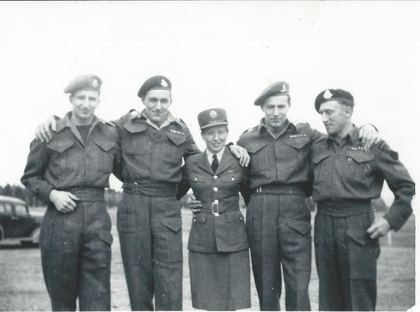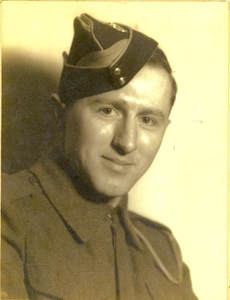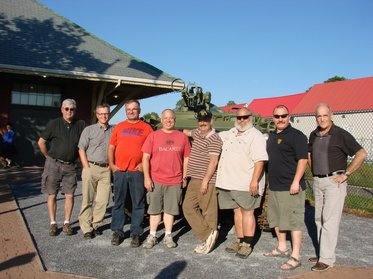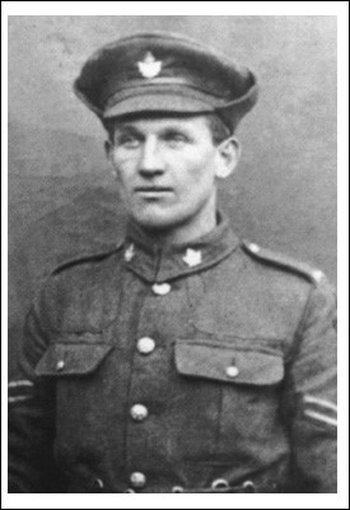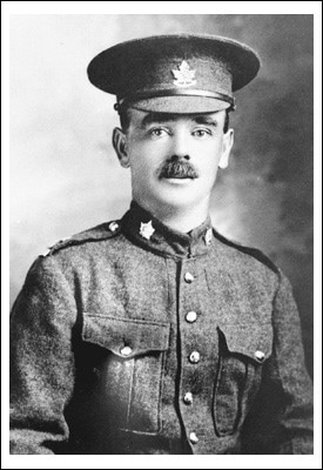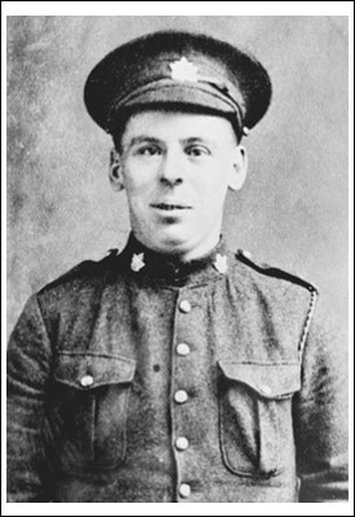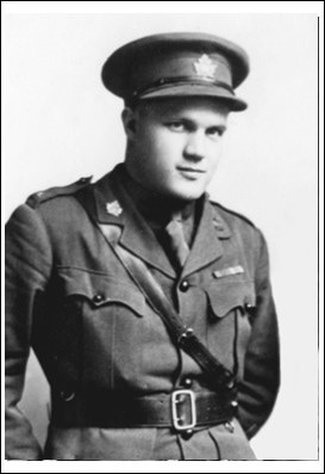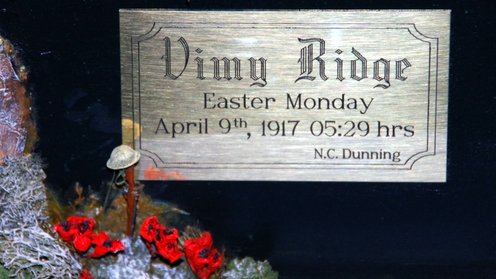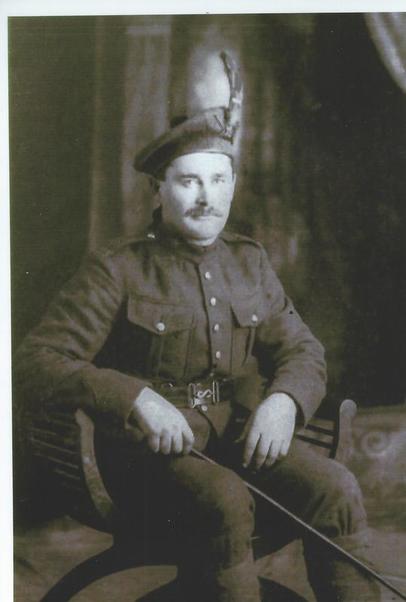The majority of recruits had no previous military experience, so it was imperative that the men be whipped into military shape. As such, the regiment ensured that the men had ample time to engage in supplementary physical and social activities. The men were inundated with a series of sports competitions, both inter-regimental and extra-regimental. Besides this, the men were able to attend social events within the Camp. Outside of this, the regiment also ensured the men had access to religious services. As such, Catholic and Protestant services were held regularly at the Camp.
September broke cold and dreary over Camp Sussex. However, this did not deter the regiment as it continued to build itself into a fighting force. September marked several important developments for the Regiment. Of note is the fact that the regiment paraded for the first time since mobilization with a full arsenal of Ross rifles, unfortunately they were essential defunct. More importantly, the 4th Canadian Motorcycle regiment received their first contingent of motorcycles, driven up from the City of Saint John. This allowed for a shift in training with an emphasis being placed on motorcycle use and maintenance.
It is interesting to note that despite the rigorous training regimes, it was sometimes difficult to impart the importance of military decorum to the men. Over exuberant celebrations the night before parades could oft result in one or two men being visibly intoxicated at parade the morning after, punishment for this infraction varied from forfeiture of pay to, in extreme cases, demotion. By far the most common breech of military protocol occurred due to the fact that some of the men had difficulty staying within the boundaries of the Camp. This resulted in many soldiers being Confined to Barracks with no pay after being found guilty of going AWOL (absent without leave). However, military discipline began to take hold in the regiment. It helped that the regiment continued to its expand its training regimen, decreasing the amount of time the men had to get into trouble. Qualifying courses for the operation of motorcycles had to be increased as the number of motorcycles the regiment had access to increased. Besides this, the men trained continually on the maintenance and operation of their rifles and equipment. This was especially important considering that an arsenal of old 300 Ross Rifles had been issued to the Regiment in November.
While diligently training as a motorcycle regiment, the men knew that motorcycles were going to be ineffective against the armoured regiments fielded by the Axis. As such, 1941 would bring an end to the existence of the 4th Canadian Motorcycle regiment. On 24th February 1941, Lieutenant-Colonel Gambin informs the regiment that henceforth they would no longer be the 4th Canadian Motorcycle Regiment, but would be re-mobilized as the 5th Canadian Armoured Regiment, 8th Princess Louise New Brunswick Hussars. Despite the new challenges this entailed, the regiment had established a camaraderie and military proficiency that would allow them to meet their new tasking head-on.
To find out more about the 4th Canadian Motorcycle Regiment, or about the 8th Hussars in general, stop by the 8th Hussars Museum located in the historic Sussex Train Station along Broad Street.
